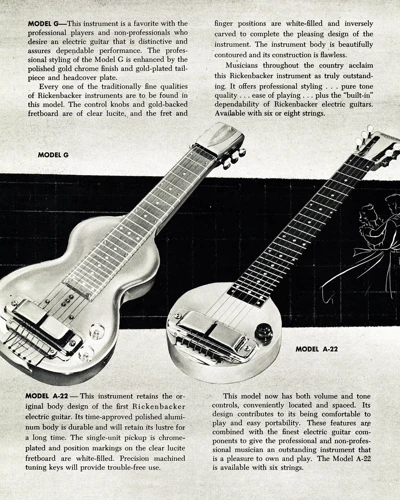Country music and the electric guitar have been intertwined for over six decades, with the instrument becoming an essential component of the genre’s sound. The evolution of the country music electric guitar has been a fascinating journey, marked by innovation, creativity, and a constant striving for a unique tone. In this article, we will explore the key milestones in the evolution of the country music electric guitar and the musicians who have shaped its sound.
The Birth of Country Music Electric Guitar
The use of the electric guitar in country music can be traced back to the 1940s and 1950s, a time when Western swing bands were experimenting with new sounds. Pioneers like Eldon Shamblin and Jimmy Wyble were at the forefront of this movement, using amplified guitars to create a fuller, richer sound that could compete with the horn sections of big band jazz. The electric guitar quickly became a staple in country music, with artists like Hank Williams and Bob Wills incorporating it into their recordings and live performances.
The Nashville Sound
In the late 1950s and early 1960s, a new style of country music emerged in Nashville, Tennessee, known as the “Nashville Sound.” This style, characterized by a smooth, polished production, relied heavily on the electric guitar as a rhythm instrument. Grady Martin, a session musician who played on countless hits by artists like Patsy Cline and Marty Robbins, was a key figure in shaping the Nashville Sound. His innovative use of the electric guitar, which often involved playing chords through a tremolo effect, became a hallmark of the genre.
The Bakersfield Sound
At the same time that the Nashville Sound was taking shape, a rival scene was developing in Bakersfield, California. The Bakersfield Sound, as it came to be known, was characterized by a raw, stripped-down approach that harkened back to the honky-tonk roots of country music. The electric guitar was a central component of this sound, with artists like Buck Owens and Merle Haggard using it to create a driving, aggressive rhythm. The use of pedal steel guitar, which became a signature sound of the Bakersfield Sound, further distinguished it from the Nashville Sound.
The Outlaw Movement
In the 1970s, a new generation of country musicians emerged who rejected the slick, polished production of the Nashville Sound in favor of a more raw, authentic approach. This movement, known as the “Outlaw Movement,” was led by artists like Waylon Jennings and Willie Nelson, who used the electric guitar to create a gritty, hard-edged sound that harkened back to the honky-tonk roots of the genre. The Outlaw Movement marked a return to the use of the electric guitar as a lead instrument, with artists like Steve Earle and Johnny Cash using it to create memorable solos and riffs.
The 1980s and 1990s
The 1980s and 1990s saw a further evolution of the country music electric guitar, with artists like Dwight Yoakam and Steve Wariner incorporating elements of rock and roll into their sound. The use of distortion and other effects became more common, as artists sought to create a heavier, more aggressive tone. At the same time, traditional country artists like George Strait and Randy Travis continued to use the electric guitar as a rhythm instrument, creating a smooth, polished sound that was popular with fans.
The New Millennium
In the 21st century, the country music electric guitar has continued to evolve, with artists like Keith Urban and Brad Paisley pushing the boundaries of the instrument. The use of digital effects, such as looping and sampling, has become more common, as artists seek to create a more modern, experimental sound. At the same time, traditional country artists like Alan Jackson and George Jones have continued to use the electric guitar in a more conventional way, creating a sound that is both timeless and relevant.
Interested in the evolution of electric guitars in country music? Explore articles on the journey of electric guitars in country music, the impact of electric guitars on country music, amp sound in country music and the evolution of electric guitars, and the role of electric guitar strings in country music to delve deeper into this fascinating topic!
Conclusion
The evolution of the country music electric guitar has been a long and fascinating journey, marked by innovation, creativity, and a constant striving for a unique tone. From the early experiments of Western swing bands to the raw, aggressive sound of the Outlaw Movement, the electric guitar has played a central role in shaping the sound of country music. Today, the instrument remains a vital component of the genre, with artists continuing to push the boundaries of what is possible with the electric guitar in country music.



